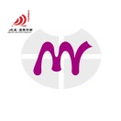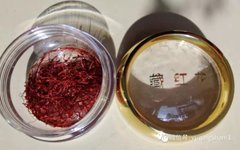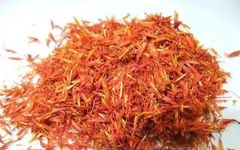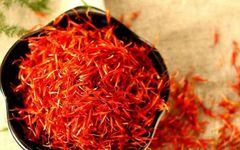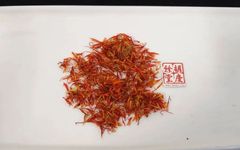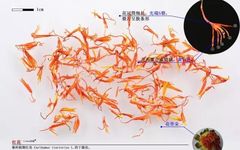Weekly Herb | Jinan Ethnic Hospital Introduces “Safflower”
Source Safflower (Honghua) is the dried flower of the Asteraceae plant. It is cultivated in various regions across the country, primarily produced in Henan, Hubei, Sichuan, Yunnan, and Zhejiang. The flowers are harvested in summer when they change from yellow to red, and then dried in the shade or under sunlight. Care should be taken … Read more

